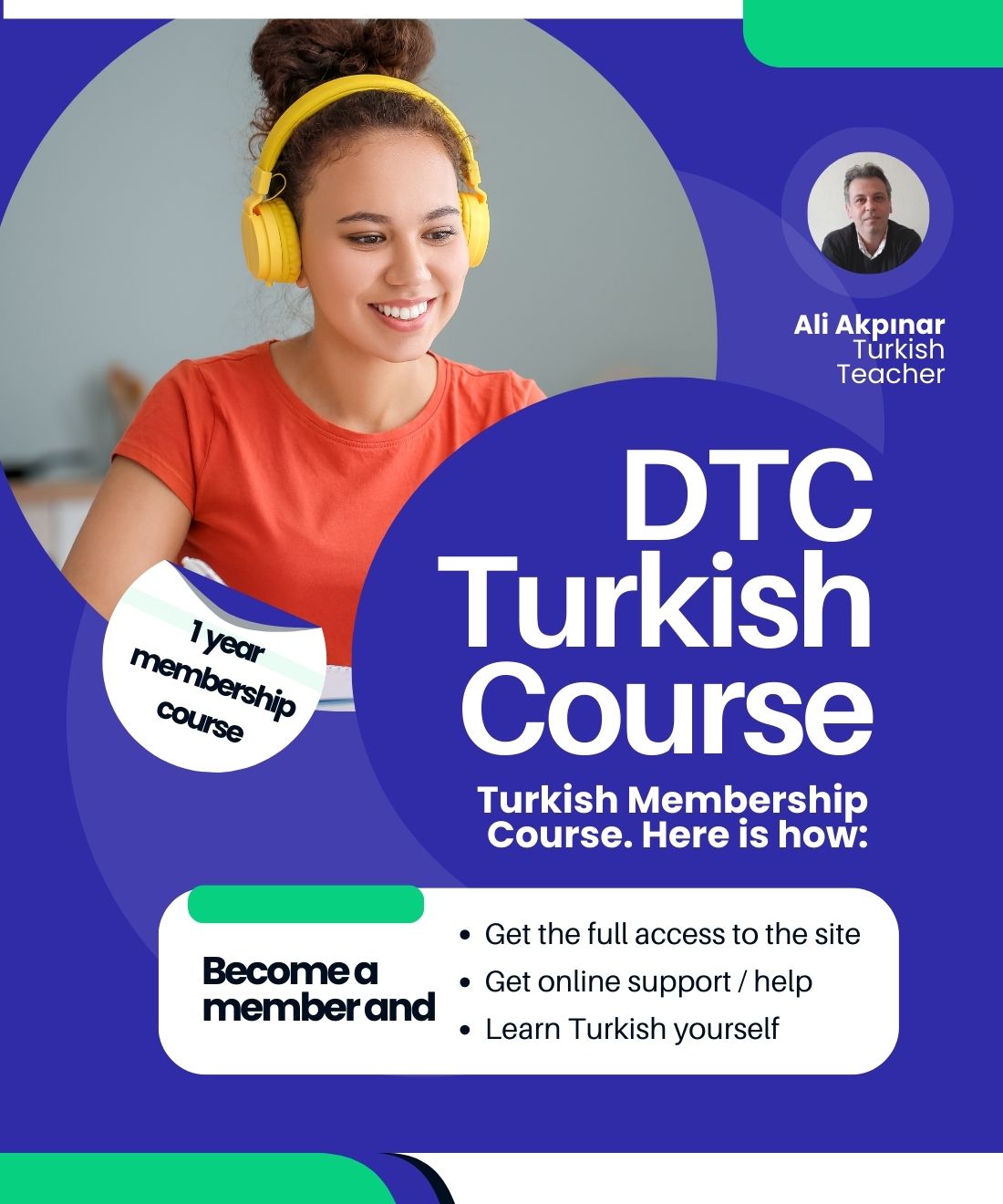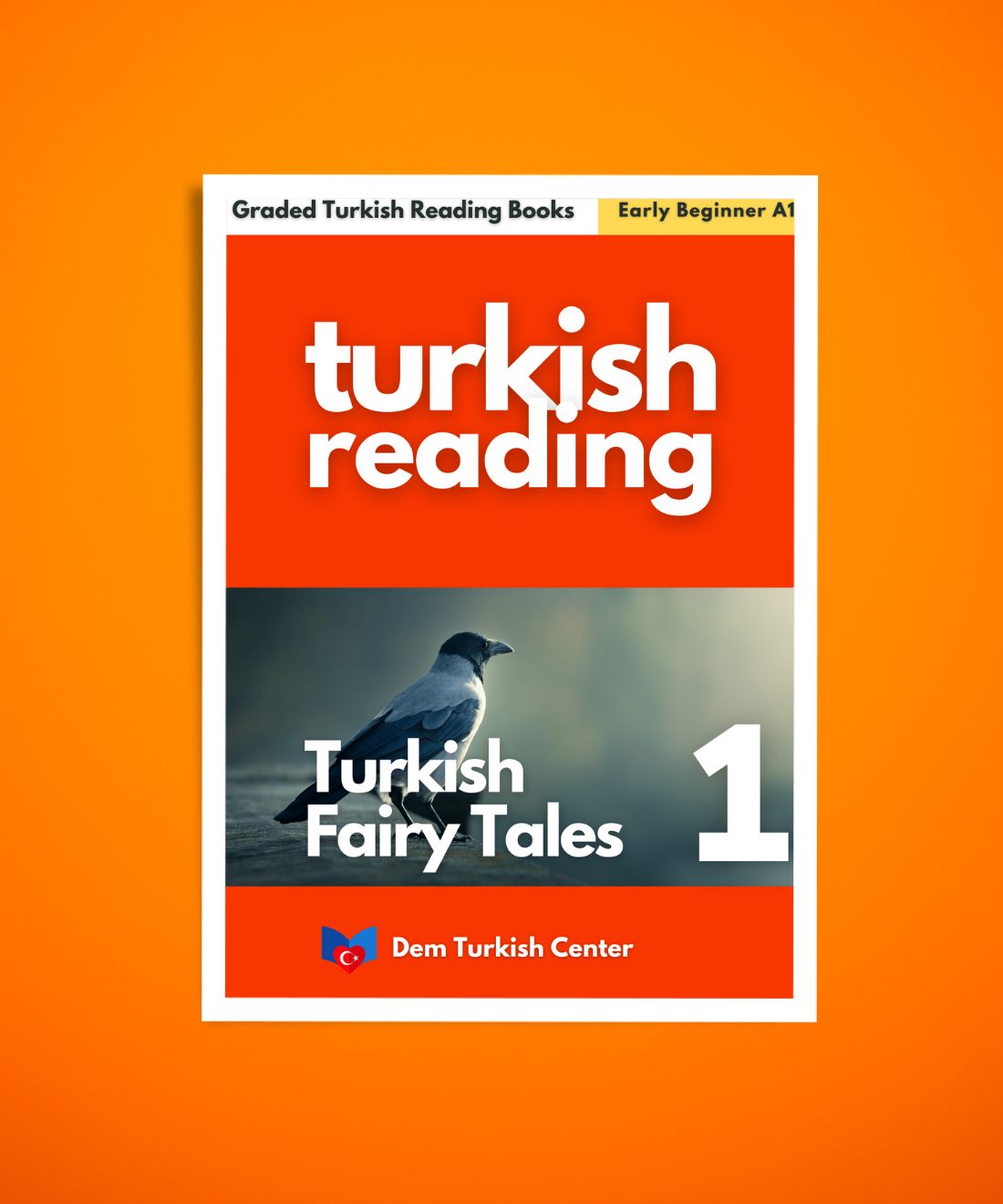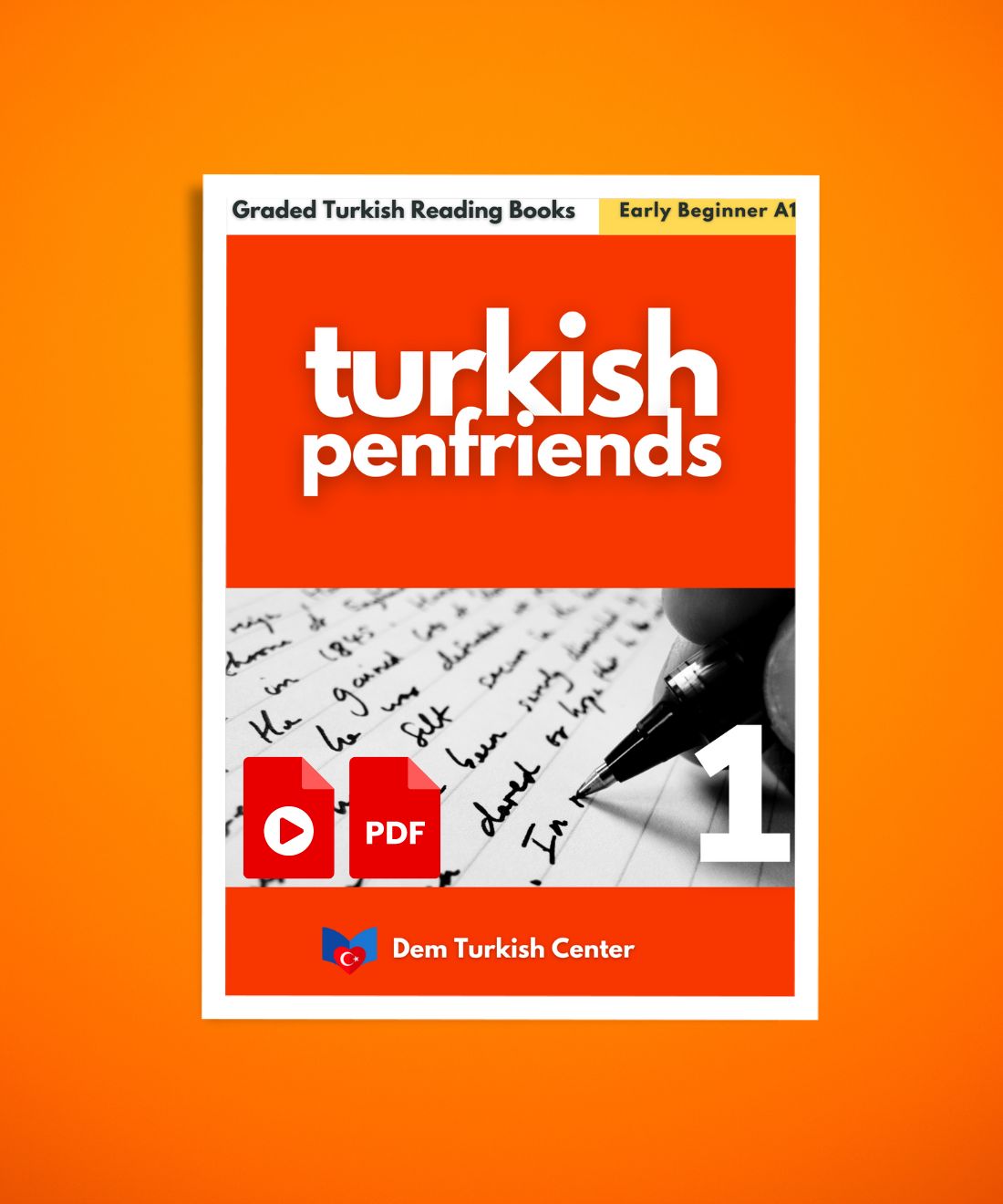
How do we learn foreign languages?
Learning a foreign language involves a combination of cognitive, social, and cultural processes. It requires intentional effort and strategies tailored to your goals and circumstances.
Here’s a detailed explanation of how we learn foreign languages:
A step-by-step guide on how we learn foreign languages
1. Language Learning Theories
Understanding the science behind language learning can help you tailor your approach.
a. Behaviorist Theory
- Focuses on repetition and reinforcement.
- Learners mimic words and structures they hear, receiving feedback to refine usage.
Example Practicing "Hello, how are you?" repeatedly until it becomes natural.
b. Cognitive Theory
- Emphasizes understanding the rules and structures of the language.
- Learning involves mental processes like analyzing grammar and memorizing vocabulary.
Example Studying verb conjugation tables for past, present, and future tenses.
Turkish Verb Conjugation: Present Tense
Turkish Verb Conjugation: Past Tense
c. Constructivist Theory
- Highlights active engagement and building knowledge through experiences.
- Learners construct meaning by interacting with real-world language.
Example Learning how to order food in a restaurant by doing it in a foreign country.
Download Turkish Speaking Practice Lessons 1 A1!
Download Turkish Speaking Practice Lessons 2 A2!
d. Sociocultural Theory
- Stresses the role of social interaction and cultural context.
- Learning is enhanced through communication with native speakers or peers.
Example Engaging in language exchanges with a native speaker online.
2. Stages of Language Learning
Language learning typically follows these stages:
a. Pre-Production (Silent Period)
- Focuses on listening and absorbing the language without producing it.
- Learners develop passive vocabulary and begin to understand context.
Example Listening to Turkish songs or watching TV shows with subtitles.
15 Best Turkish TV Shows on Netflix
b. Early Production
- Learners produce simple words or phrases.
- Mistakes are frequent but essential for progress.
Example Saying "Merhaba" (Hello) or "Nasılsın?" (How are you?) in Turkish.
c. Speech Emergence
- Learners form simple sentences and start asking questions.
- Vocabulary and confidence grow, though errors persist.
Example "Ben su istiyorum" (I want water).
Download Turkish Lessons A1 5: Basic Verbs and Want in Turkish!
d. Intermediate Fluency
- Learners express more complex thoughts and understand subtleties.
- They may engage in casual conversations and understand native speakers.
Example Discussing weekend plans in Turkish: "Bu hafta sonu sinemaya gitmek istiyorum."
Download Turkish Speaking Practice Course 3 PI (Pre-intermediate)!
e. Advanced Fluency
Learners achieve near-native proficiency, understanding idioms, humor, and cultural nuances.
Example Participating in debates or writing essays in the foreign language.
3. Core Skills for Language Learning
Language learning involves mastering four interconnected skills:
a. Listening
Develops comprehension and pronunciation patterns. Strategies are:
- Listen to podcasts, songs, or native speakers.
- Watch movies or series with subtitles.
- Practice active listening by focusing on key phrases.
Example Listening to a podcast like "Learn Turkish" to improve comprehension.
b. Speaking
Enhances fluency, pronunciation, and confidence. Strategies are:
- Practice speaking with native speakers or through language exchange platforms.
- Use shadowing techniques to mimic pronunciation.
- Start with set phrases and gradually create your sentences.
Example Practicing "Nerede oturuyorsunuz?" (Where do you live?) with a language partner.
Download Turkish Lessons A1 7: Personal Information!
c. Reading
Improves vocabulary, grammar, and cultural knowledge. Strategies are:
- Read books, articles, or social media posts in the target language.
- Start with children’s books or graded readers.
- Highlight and look up unfamiliar words.
Example Reading Turkish news articles to learn formal language.
Download Turkish Books: Strange News 2 (Pre-intermediate)!
d. Writing
Strengthens grammar and vocabulary usage. Strategies are:
- Keep a journal in the target language.
- Write messages, emails, or short stories.
- Use language tools like Grammarly for corrections.
Example Writing a daily diary entry in Turkish: "Bugün hava çok güzeldi."
Improve your Turkish with Turkish Writing Lessons A1!
Improve your Turkish with Turkish Writing Lessons A2!
4. Language Learning Methods
There are various methods to learn a foreign language. Choose what suits your learning style and goals.
a. Immersion
Surround yourself with the language through constant exposure.
Example Moving to a country where the language is spoken or watching TV without subtitles.
b. Grammar-Translation
Focuses on understanding grammar rules and translating text.
Example Translating English sentences into Turkish to grasp sentence structure.
c. Communicative Approach
Prioritizes communication over accuracy.
Example Having conversations with native speakers, even if mistakes are frequent.
d. Task-Based Learning
Focuses on completing specific tasks using the language.
Example Ordering food in a foreign language restaurant.
e. Technology-Based Learning
Uses apps, websites, and online tools to learn interactively.
Example Using Duolingo or Memrise for gamified learning.
5. Strategies and Tips
a. Build Vocabulary
- Learn high-frequency words and phrases first.
- Use spaced repetition tools like Anki to retain vocabulary.
Example Learning basic Turkish words like ev (house), aile (family), and yemek (food).
b. Focus on Pronunciation
- Mimic native speakers and practice difficult sounds.
- Use apps like Forvo for pronunciation guides.
Example Practicing Turkish vowels like ö and ü.
c. Practice Daily
- Consistency is key to long-term success.
- Allocate even 15–30 minutes daily for study.
Example Reviewing Turkish grammar every morning.
d. Learn Idioms and Slang
Mastering colloquial expressions helps you sound more natural.
Example Learning Turkish slang like kanka (buddy).
60 Turkish Words and Phrases For Everyday Use
e. Engage with Culture
Understanding cultural context enhances language comprehension.
Example Learning about Turkish tea culture while practicing related vocabulary.
6. Overcoming Challenges
a. Plateaus
Progress may seem slow at times. Switch up methods to stay motivated.
Example If vocabulary learning feels stagnant, try practicing conversations.
b. Fear of Mistakes
Accept that mistakes are part of the process.
Example Mispronouncing şimdi (now) and correcting it after feedback.
c. Lack of Time
Incorporate language learning into your routine.
Example Listen to Turkish podcasts during your commute.
7. Measuring Progress
Set specific, measurable goals like achieving conversational fluency or passing a language test.
Example Aiming to pass the A2 level in the CEFR framework for Turkish.
8. Real-Life Example of Learning Turkish
Suppose you're learning Turkish:
- Listening Start with beginner podcasts or watch Turkish dramas like *Diriliş: Ertuğrul* with subtitles.
- Speaking Practice greetings like "Merhaba, nasılsınız?" with Turkish friends.
- Reading Read simple Turkish children's books.
- Writing Write daily messages like *Bugün çok çalıştım.* (I worked a lot today.)
By combining these strategies and staying consistent, you'll gradually master the language!













